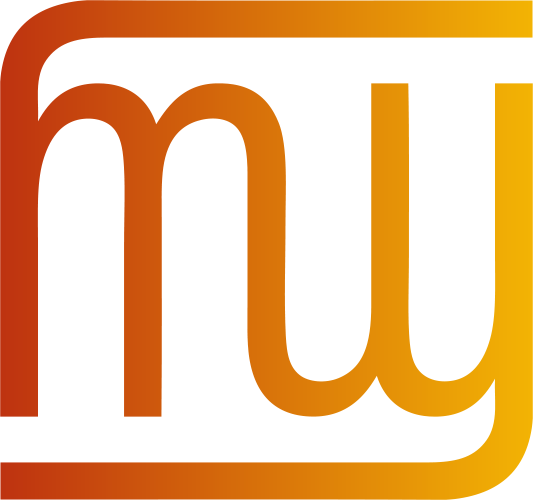 The W3C Internationalization (I18n) Activity works with W3C working groups and liaises with other organizations to ensure Web technologies work for everyone, regardless of their language, script, or culture.
The W3C Internationalization (I18n) Activity works with W3C working groups and liaises with other organizations to ensure Web technologies work for everyone, regardless of their language, script, or culture.
From this page you can find articles and other resources about Web internationalization, and information about the groups that make up the Activity.
Read also about opportunities to participate and fund work via the new Sponsorship Program.
What the W3C Internationalization Activity does
Selected quick links
Selected quick links
Selected quick links
New article: Understanding the New Language Tags
The new version of BCP 47 is expected to shortly replace RFC 3066. The tags defined by ‘RFC 3066bis’ address a number of long standing problems with language identification, leading, hopefully, to richer language-aware features in our software and better support for language in our documents.
This article provides an overview of the changes in store for language tags. It describes the structure of future language tags, the current status of the work, and remaining work to be done. Author: Addison Phillips, Yahoo!
RTL content and browser chrome
This is a set of pages that examine how right-to-left and bidirectional text affects user agents outside of the main content area.
The tests seek to determine whether a user agent handles browser crome differently when the html, or the body, or the head element has the dir attribute set to rtl. Some user agents move the vertical scrollbar and display javascript popup boxes right-to-left in certain circumstances.
Introduction to Internationalization
Presentation by Richard Ishida at the opening of the W3C Office in Beijing, China on 27 April, 2006.
Language Tags and Locale Identifiers for the World Wide Web
The Internationalization Core Working Group has released this First Public Working Draft. The draft includes mechanisms for identifying or selecting the language of content or locale preferences used to process information using Web technologies. It describes how document formats, specifications, and implementations should handle language tags, as well as data structures for describing international preferences.
Internationalization Tag Set (ITS)
The Internationalization Tag Set Working Group has published an updated Working Draft of the Internationalization Tag Set (ITS). Organized by data categories, this set of elements and attributes supports the internationalization and localization of schemas and documents. Implementations are provided for DTDs, XML Schema and Relax NG, and for existing vocabularies like XHTML, DocBook and OpenDocument.
Hreflang content generation
Updated to reflect latest user agent behaviour, and substantially reorganized to make maintenance easier.
Automatic font assignment for CJK text
Updated to incorporate latest browser results, and reorganized considerably. Doesn’t repeat the information in the test. Should make maintenance easier.
Automatic font assignment for CJK text
Added a preview facility to allow easier checking of font glyphs, and incorporated mention of separate settings in some UAs for Traditional Chinese in Taiwan vs. Hong Kong.
I18n Activity Home Page converted to blog
The W3C Internationalization Activity home page has been converted to a blog format. The blog supersedes the news filter pages, although the same categories as before will be used to group blog posts. The old pages will remain available as a historical record.
The new blog approach also makes it possible to easily host short articles with a comment facility, such as requests for public feedback.
If you had subscribed to the previous RSS feeds you will now need to subscribe to this feed.
New article: Working with Composite Messages
The article looks at design and development practices that can cause major problems for translation. Designers must be very careful about how they split up and reuse text on-screen because the linguistic differences between languages can lead to real headaches for localizers and may in some cases make a reasonable translation impossible to achieve.